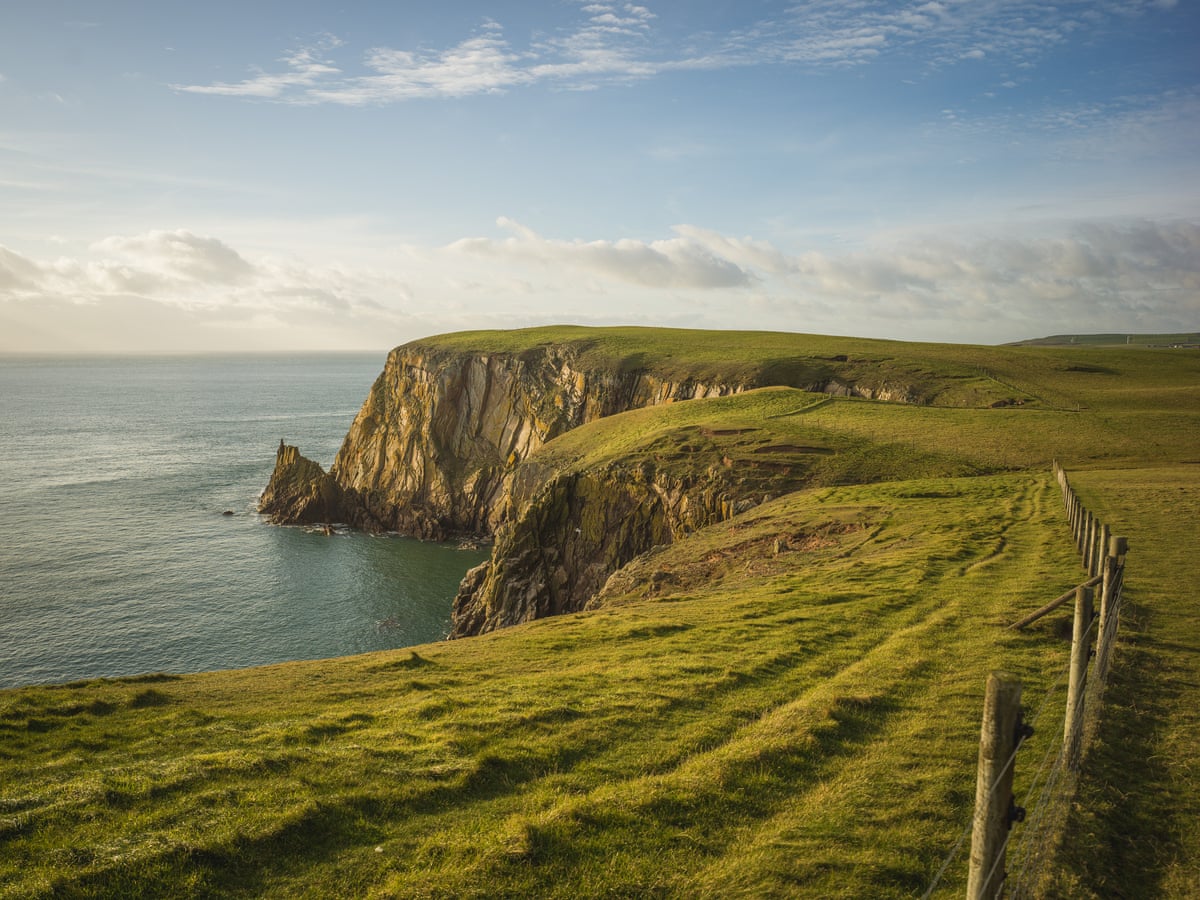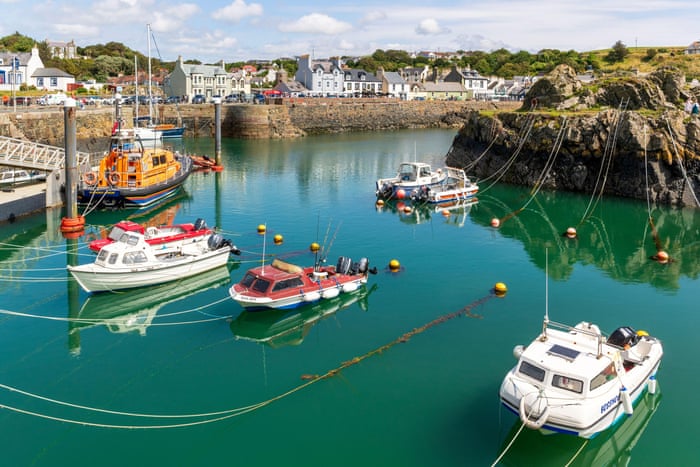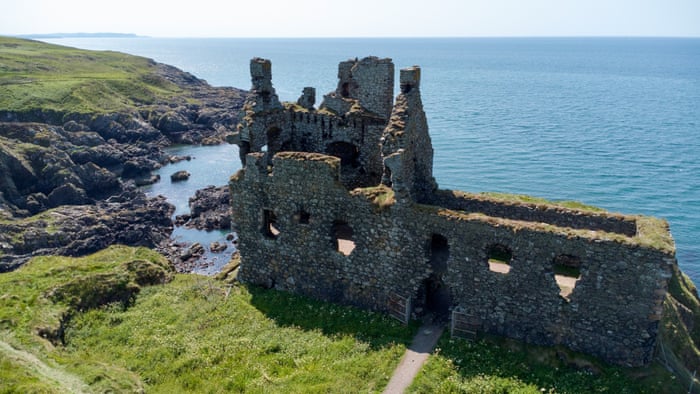The Rhins of Galloway, the hammerhead-shaped peninsula on the south-west tip of Scotland, has long been an overlooked and untamed corner of the country. A new long-distance hiking route, the Rhins of Galloway Coast Path, is opening up this remote region, offering an exhilarating challenge to walkers willing to embrace its wild, often unruly nature. The approximately 83-mile circular trail, starting and finishing in Stranraer, is a work in progress, blending established sections with areas that require real determination to navigate. It promises a richly rewarding journey through a landscape steeped in ancient history, featuring dramatic cliff scenery, secluded sandy beaches, and a surprising abundance of unique wildlife, making it a rugged, yet beautiful, introduction to Scotland’s lesser-visited coast.
An Unruly But Exhilarating Challenge
The path is not yet a polished, highly manicured tourist route; rather, it retains a wonderfully wild character that appeals to adventurous hikers. The long-distance trail, which incorporates the existing Mull of Galloway Trail, is divided into six manageable route sections, though the walking can be inconsistent.

Early adopters of the path report an element of challenge that sets it apart: at times, walkers must hurdle fences, wade through bracken, and navigate sections where the path may seem to disappear or waymarks are wayward. This “unruly” nature is a key part of its appeal, offering a true sense of exploration and immersion into a landscape that one local taxi driver aptly described as “the land that time forgot.” It is a testament to the fact that this is a relatively new endeavor designed to boost access and tourism in a quiet region.
A Journey Through History And Dramatic Landscape
The Rhins of Galloway peninsula is a land rich in natural and cultural treasures, and the coast path ensures walkers experience its diverse offerings. The route takes travelers from the more sheltered waters of Loch Ryan around the north and then south to the exposed, windswept cliffs of the Mull of Galloway, Scotland’s southernmost point.

The trail features several key points of interest, including the remains of ancient Iron Age settlements, ruined castles such as Dunskey near Portpatrick, and the striking Corsewall Lighthouse. For those seeking natural drama, the Mull of Galloway itself offers spectacular cliff scenery and is home to a bustling RSPB reserve, making it an excellent spot for birdwatching. The landscape shifts dramatically, transitioning between rugged, high clifftops and secluded, often empty, sandy beaches and coves.
The Surprising Influence Of The Gulf Stream
A unique feature of this corner of south-west Scotland is the moderating influence of the Gulf Stream. This oceanic current gives the Rhins of Galloway a comparatively mild climate, making it one of Scotland’s warmest spots.

This climatic advantage contributes to the area’s lushness and allows for the existence of exotic gardens not commonly associated with Scottish coastal areas. This unexpected botanical variety provides a gentle contrast to the sometimes harsh, windswept nature of the cliff walks, offering hikers a moment of tranquil beauty. This microclimate also extends the feasible walking season, making a visit in the shoulder months a particularly appealing option.
Planning The Rhins Adventure
The full 83-mile circular route is typically broken down into six main sections, although shorter circular walks—such as those at Wig Bay Sands or Ardwell Bay—are available for those wanting only a flavor of the trail. The path starts and finishes in Stranraer, where a striking corten steel archway marks the beginning of the adventure.
Walkers should note that while official waymarks and interpretation panels are in place, particularly on older sections like the Mull of Galloway Trail, preparation is key for the newer sections. Carrying detailed maps and respecting the Scottish Outdoor Access Code is essential, as the countryside remains a working environment with active farms. Completing the entire loop may take a determined hiker 5 to 7 days, depending on pace and conditions.




